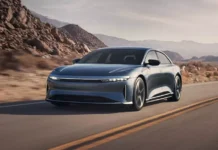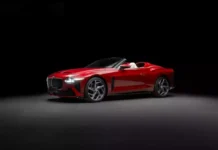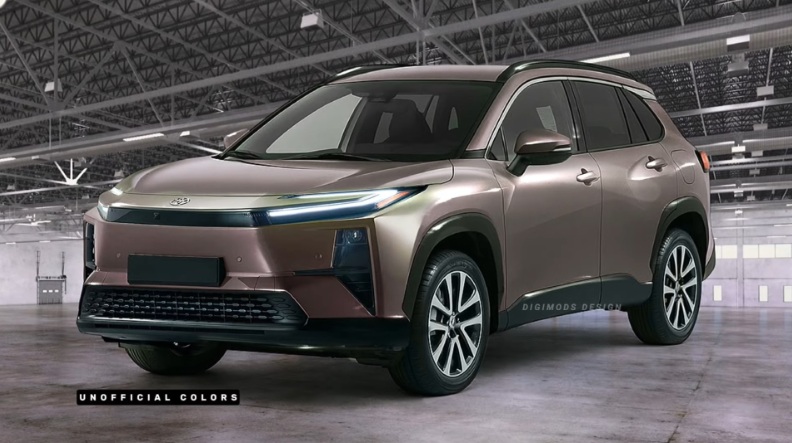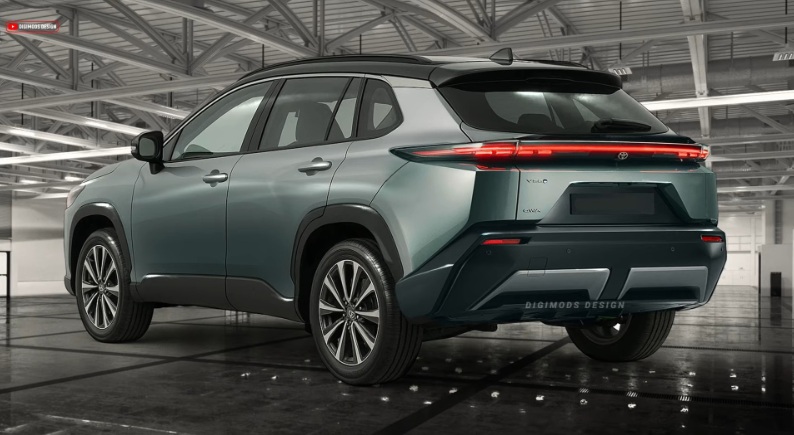For the period 2025-2026, Toyota is expected to undergo a restructuring of its global SUV lineup, with the RAV4 and Corolla Cross as the mainstays.
The Toyota Corolla Cross, which made its global debut in 2020, is anticipated to enter its next generation in 2026, following the typical six-year life cycle in Toyota’s global product system.
However, instead of a complete overhaul, Toyota is likely to introduce a substantial mid-life update. This decision is influenced by the current design of the Corolla Cross, which is still highly regarded for its practicality and aesthetics, showing no signs of becoming outdated compared to its competitors in the segment.
Whether it’s a mid-life update or a new generation, the 2026 Corolla Cross is expected to feature two significant changes: a refreshed appearance and interior upgrades.
While the current design of the Corolla Cross maintains a neutral language that appeals to the masses, the 2026 version is expected to embrace a bolder and more modern aesthetic. Initial sketches and predictions suggest that it may borrow design elements from newer Toyota models like the Crown and the 2025 Camry.
The front end could adopt a distinctive “hammerhead” shape, with a slim grille and sleek headlights. The rear design will also be refreshed with a more refined and compact style, while a slight increase in overall dimensions is possible to enhance interior space.
The 2026 Corolla Cross will undoubtedly retain its chassis system, even if it transitions to a new generation. It will continue to utilize the familiar TNGA-C platform, which is also found in other Toyota models such as the Corolla Altis and Prius.
The 2026 Corolla Cross is likely to offer a range of engine options: a 1.8L naturally aspirated engine (approximately 138 horsepower), a 1.8L hybrid system (around 121 horsepower), and a 2.0L hybrid variant (up to 196 horsepower, depending on the market).
Toyota may make subtle improvements to fuel efficiency and tweak engine management software, but the overall technical foundation is expected to remain stable.
The interior of the Corolla Cross is where the most significant changes are anticipated. Though official images are not yet available, experts predict that the SUV will feature a larger central display, potentially integrating new software that offers better smartphone compatibility and additional connectivity features.
Toyota is likely to update the infotainment system and user interface to keep up with the trends set by Korean and Chinese automakers. Improvements to the second-row seating are also expected, focusing on enhancing comfort for family passengers.
With competitors like the Hyundai Creta, Kia Seltos, Honda HR-V, and MG VS continuously innovating, Toyota must enhance the Corolla Cross to maintain its position in the urban SUV segment. The 2026 version, whether a mid-life update or a new generation, will play a pivotal role in Toyota’s electrification and product modernization strategy in both developed and developing markets.














































